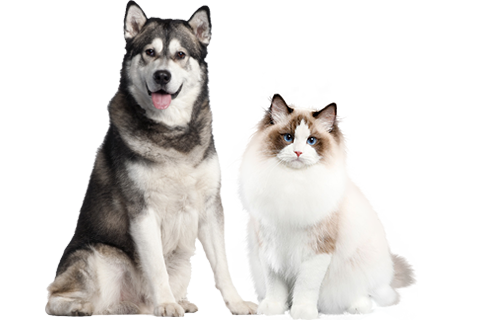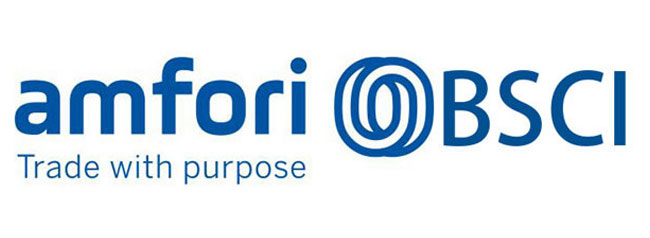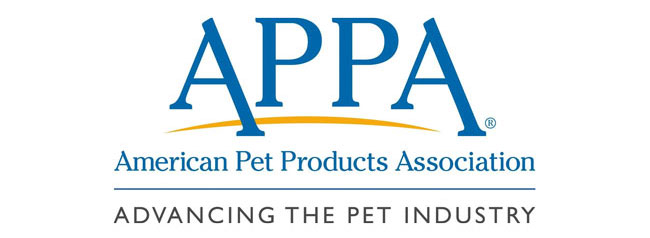1. Firstly, it is necessary to choose suitable dairy products such as pet specific milk: pet specific milk should be given priority, as its formula is designed to meet the nutritional needs of pets, reduce lactose content, solve the problem of lactose intolerance in most pets, and provide nutrition suitable for pet digestion and absorption. Pet specific milk from Bioline, a brand under Ace, has guaranteed quality.
2. Control the drinking amount according to the age of the pet:
Young pets: For puppies and kittens who are just a few weeks to two or three months old, their digestive system has not fully developed. When using milk as a substitute or supplement for breast milk, the amount should be strictly controlled. For example, for puppies of about two weeks, feed 3-5 milliliters each time and feed every 2-3 hours; As age increases, it can gradually increase to 10-20 milliliters and be fed every 4-6 hours. Kittens feed relatively less each time, with 2-3 milliliters per feeding for 2-4 week old kittens every 3-4 hours, gradually increasing thereafter.
Adult pets: Adult pets drink milk mainly as an occasional nutritional supplement or snack. Small adult dogs should take 30-50 milliliters 2-3 times a week; Medium sized dogs take 50-80 milliliters each time; Large dogs take 80-100 milliliters each time. Adult cats take 20-30 milliliters 2-3 times a week.
Heat the milk to 30-40 ℃ before feeding, close to the pet’s body temperature. The milk container can be kept warm in warm water, avoiding microwave heating to prevent local overheating and scalding of pets.







